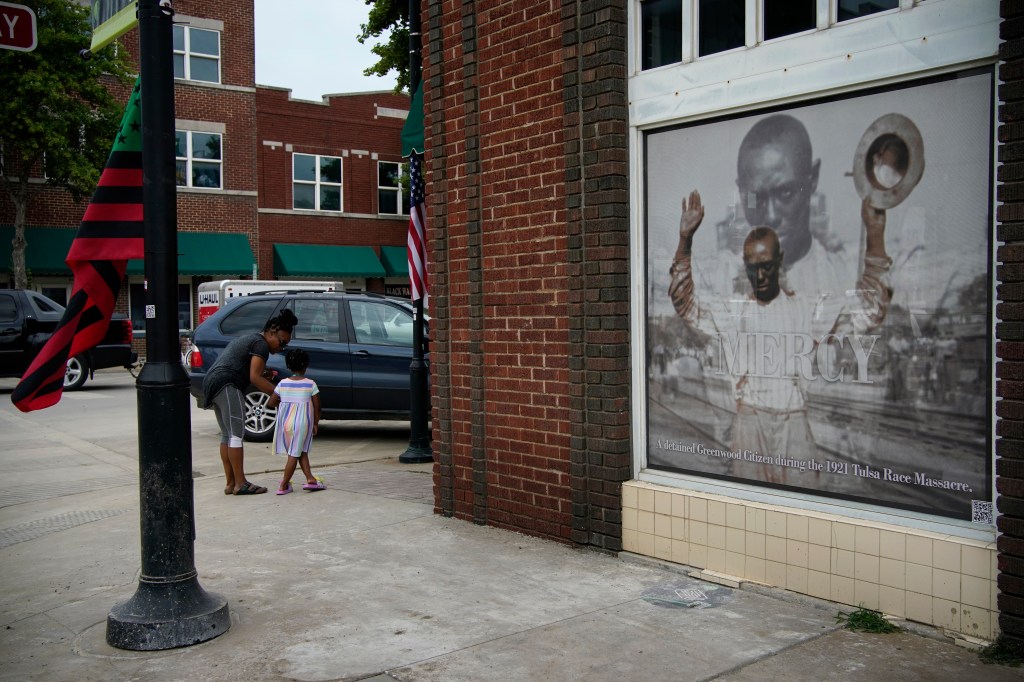
When people hear the term “Black Wall Street,” most immediately think of Tulsa, Oklahoma — the site of one of the most infamous episodes of racial violence in American history. But Tulsa was not alone. Across the United States, from Atlanta to Richmond, Detroit to Los Angeles, dozens of Black economic districts emerged as centers of entrepreneurship, innovation, and wealth-building. These communities, often referred to collectively as “Black Wall Streets,” were built out of necessity in response to the racial segregation and economic exclusion Black Americans faced during the late 19th and early 20th centuries. Yet, despite their economic success and cultural vibrancy, many of these communities were targeted for destruction — through white supremacist violence, discriminatory government policy, and systematic economic suppression.
In the face of post-Reconstruction racism, Jim Crow segregation, and widespread exclusion from white financial institutions, Black communities began to foster business ecosystems that served their own people — tailors, pharmacists, insurance agents, bankers, barbers, restaurateurs, hoteliers, and grocers — all reinvested in the community.
These districts did more than provide goods and services; they fostered pride, self-determination, and political influence. They were hubs of culture, education, and civil rights leadership. Prominent examples of these Black Wall Streets include:
Greenwood District (Tulsa, Oklahoma): The most well-known Black Wall Street, Greenwood was home to over 300 Black-owned businesses in the early 20th century. It included banks, law offices, real estate firms, medical clinics, restaurants, and even a Black-owned bus system. It stood as a model of Black excellence and self-sufficiency — until it was violently destroyed in 1921.
Sweet Auburn Avenue (Atlanta, Georgia): Dubbed “the richest Negro street in the world,” Sweet Auburn was a major commercial thoroughfare home to Black-owned insurance companies, newspapers, and civic institutions. It was the birthplace of Martin Luther King Jr. and a nexus of the civil rights movement.
Jackson Ward (Richmond, Virginia): Known as “The Black Wall Street of the East,” this district boasted the first chartered Black-owned bank in the United States, the True Reformers Bank. Jackson Ward became a symbol of Black economic power during the early 1900s.
Bronzeville (Chicago, Illinois): During the Great Migration, thousands of Black Southerners moved north and settled in Bronzeville. It quickly became a center of Black art, music, and business, producing iconic figures in jazz, literature, and civil rights advocacy, while also supporting Black-owned businesses and labor unions.
These communities emerged not because Black Americans were given equal opportunity — but in spite of being denied it. And because they represented independence, pride, and the capacity for Black Americans to thrive outside of white institutions, they were perceived as a threat by those invested in white supremacy.
One of the clearest and most horrifying examples of this threat-response dynamic was the 1921 Tulsa Race Massacre. Sparked by a false accusation of assault, white mobs — many deputized and armed by city officials — descended upon the Greenwood District. Over the course of 18 hours, they looted homes and businesses, set fire to over 35 square blocks, and murdered as many as 300 Black residents. Thousands were displaced, and insurance claims filed by Black property owners were systematically denied. No restitution was ever paid.
Tulsa was not an anomaly — it was part of a larger pattern. Other massacres followed a disturbingly similar script:
Wilmington, North Carolina (1898): A violent white mob overthrew the city’s multiracial, elected government in a coup d’état, burned down the offices of a Black-owned newspaper, and murdered numerous Black citizens. This coup marked the only successful insurrection in American history and was fueled by the goal of reasserting white political and economic dominance.
Ocoee, Florida (1920): Black residents who attempted to vote were met with mob violence. Dozens were killed, and the entire Black population was forced to flee. Their properties were seized or sold under duress.
Rosewood, Florida (1923): Another thriving Black town, Rosewood was burned to the ground by white mobs after false rumors spread that a Black man had harmed a white woman. Survivors lived in exile, and the town was erased from maps.
Knoxville, Tennessee (1919): During the “Red Summer” of 1919, a wave of anti-Black riots swept the nation. In Knoxville, white mobs targeted and destroyed Black-owned businesses, homes, and community centers under the pretense of mob justice.
These acts of racial terrorism were not only expressions of hatred — they were tactical, economic assaults designed to eliminate Black competition and maintain racial hierarchies. They were carried out with the complicity — or direct support — of local governments and law enforcement.
The destruction of these communities:
Eliminated generational wealth: Families who owned property, businesses, and land lost everything, often without legal recourse. This erased the financial gains of decades of effort and denied future generations the inheritance that might have funded college educations, homeownership, or entrepreneurship.
Stifled business legacies: Entire ecosystems of Black-owned businesses were destroyed, removing role models, mentors, and capital from communities.
Reinforced economic dependency: By violently eliminating Black prosperity, these massacres forced many survivors into economic subservience, often as laborers or sharecroppers in white-controlled spaces.
To this day, the racial wealth gap can be traced, in part, to these deliberate acts of economic sabotage. White families whose wealth grew during the 20th century often benefited from New Deal housing programs, GI Bill provisions, and favorable banking practices — policies from which Black Americans were largely excluded, especially after their economic bases were destroyed.
Understanding the history of Black Wall Streets is essential to any serious discussion about racial justice, reparations, and economic equity in the United States.
The legacy of Black Wall Street lives on — not just in memory, but in the resilience of Black entrepreneurs and communities across the country. But to truly honor that legacy, we must do more than remember — we must rebuild.
Ed Gaskin is Executive Director of Greater Grove Hall Main Streets and founder of Sunday Celebrations.

